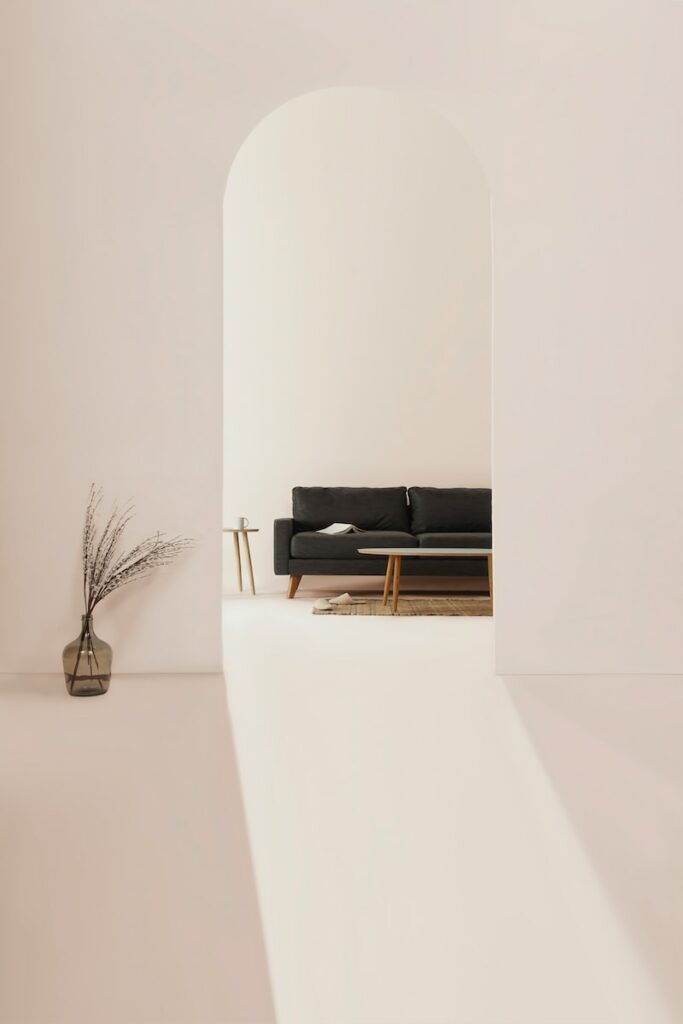In a world increasingly focused on sustainability, the construction industry plays a vital role in shaping a greener future.
Sustainable construction practices not only reduce environmental impact but also promote healthier and more efficient buildings.
When it comes to interior construction, GIB fixing is a technique that aligns well with eco-friendly principles.
In this article, we will explore the world of sustainable GIB fixing and its contribution to environmentally conscious construction in Auckland.
Understanding Sustainable Construction
Sustainable construction refers to the use of design, materials, and building practices that minimize negative environmental impacts while maximizing energy efficiency and occupant comfort.
By adopting sustainable construction practices, we can create buildings that are not only environmentally friendly but also cost-effective in the long run.
This includes using eco-friendly materials, implementing energy-efficient systems, and reducing waste throughout the construction process.
What is GIB Fixing?
GIB fixing involves the installation of gypsum boards, commonly known as GIB boards, to create walls, ceilings, and partitions in buildings.
These boards are lightweight, durable, and versatile, making them an excellent choice for interior construction.
GIB fixers Auckland encompasses the installation of GIB boards using sustainable practices and materials, contributing to eco-friendly building projects.
Eco-Friendly Materials in GIB Fixing
One of the key aspects of sustainable GIB fixing is the use of eco-friendly materials.
Sustainable gypsum boards, manufactured from natural gypsum or recycled gypsum, are an excellent choice for environmentally conscious projects.
These boards have a lower carbon footprint compared to traditional alternatives.
Additionally, using low-VOC (volatile organic compound) adhesives and sealants in GIB fixing further reduces harmful emissions during and after construction.
Incorporating recycled or renewable materials in fixing components, such as metal studs made from recycled steel, also contributes to sustainability.
Energy Efficiency and Insulation
Energy efficiency is a crucial element of sustainable construction.
By reducing energy consumption, we can mitigate the environmental impact and save on energy costs.
GIB fixing plays a role in this by providing a platform for insulation installation. Insulation materials, such as fiberglass or cellulose, are added between GIB boards to improve thermal performance.
This helps regulate temperature and reduces the need for excessive heating or cooling, resulting in energy savings and a more comfortable indoor environment.
Waste Reduction and Recycling
Construction waste is a significant environmental concern, but sustainable GIB fixing aims to minimize waste generation.
During installation, careful measurement and planning can reduce material waste. Moreover, gypsum boards are recyclable.
After their lifespan, these boards can be collected, processed, and used to manufacture new gypsum products, thus diverting waste from landfills and conserving natural resources.
Responsible disposal of fixing materials, such as recycling metal studs or donating reusable components, further contributes to waste reduction.
Indoor Air Quality
Indoor air quality has a direct impact on the health and well-being of building occupants.
Sustainable GIB fixing takes this into account by using low-emission materials.
Traditional construction materials can release harmful chemicals, known as volatile organic compounds (VOCs), which contribute to poor indoor air quality.
By selecting low-VOC adhesives, sealants, and paints, the emission of these harmful substances can be minimized, promoting a healthier indoor environment for occupants.
Water Conservation
Water conservation is a critical aspect of sustainable construction. GIB fixing can contribute to water conservation by adopting water-efficient practices.
This includes using appropriate amounts of water during the installation of gypsum boards and ensuring responsible water usage in the overall construction process.
By being mindful of water consumption and implementing water-saving measures, we can reduce the strain on water resources and contribute to a more sustainable future.
GIB Fixing Auckland: Sustainable Practices
In Auckland, the construction industry is actively embracing sustainable practices, including sustainable GIB fixing.
Numerous green building certifications and standards provide guidelines and recognition for eco-friendly projects.
Construction companies in Auckland are increasingly incorporating sustainable practices into their operations, promoting resource-efficient and environmentally responsible construction.
Several remarkable projects in the city showcase the successful implementation of eco-friendly GIB fixing, demonstrating the potential for sustainable construction in Auckland by professional GIB fixers.
Conclusion
As we strive towards a greener future, sustainable GIB fixing in Auckland emerges as a key component of eco-friendly construction.
By adopting sustainable practices, using eco-friendly materials, and focusing on energy efficiency, waste reduction, and water conservation, GIB fixing Auckland contributes to environmentally conscious building projects.
Embracing sustainable GIB fixing not only benefits the environment but also promotes healthier and more efficient buildings.
Together, we can build a sustainable future, one eco-friendly GIB fixing project at a time.

